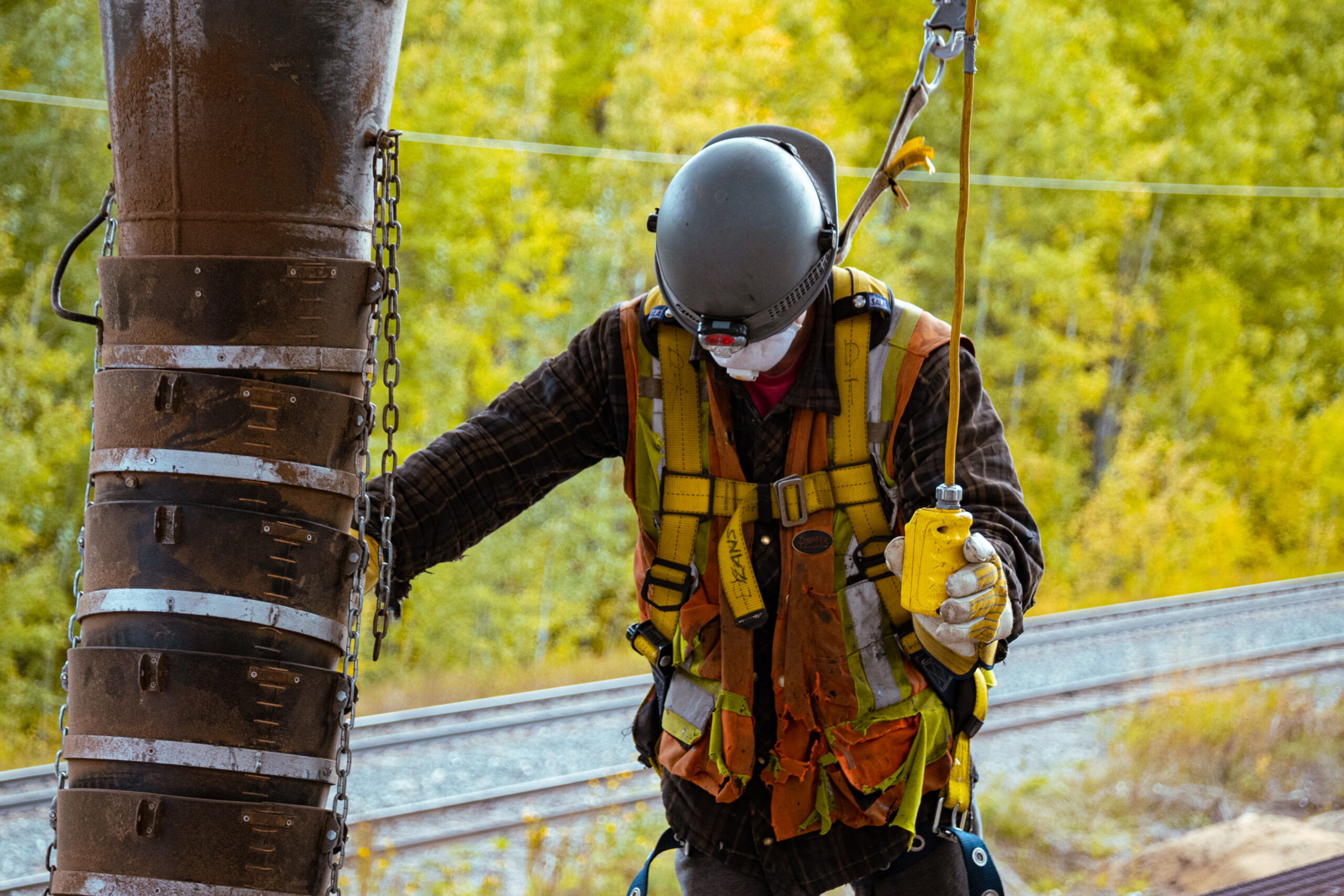The Wood Pellet Association of Canada (WPAC) recently hosted a 15-minute safety huddle on the outcomes of a project applying bow-tie analysis to assess working at heights hazards. The Manufacturing Advisory Group of the BC Forest Safety Council sponsored the work.
Working at heights in wood pellet plants and sawmills poses a risk to workers performing routine and non-routine maintenance, completing rail car loading, and entering and exiting large mobile equipment. These tasks present the risk of falls, which can lead to injuries, fatalities, and business interruption.
A bow-tie analysis workshop was undertaken to evaluate working at heights hazards, the safeguards in place, and identify gaps and trends to enhance safety. Opportunities for improvement include worker and supervisor training, safety culture and hazard awareness, as well as reducing reliance on procedural controls.
Fall protection systems and rescue plans were identified as key safety measures. Companies should review their programs to ensure aspects such as inspections, equipment type, field-level risk assessments and training are adequate. Companies should also consider how the work area or job process could be redesigned to eliminate working at heights. For example, can catwalks or platforms with guardrails be used instead?
Read the full technical report, Bow Tie Analysis of Working at Heights in Wood Products Manufacturing, which details the workshop’s outcomes, and watch the safety huddle recording.
Gordon Murray is the Executive Director of the Wood Pellet Association of Canada and Kayleigh Rayner Brown is a Process Safety Specialist and Director of Obex Risk Ltd.

